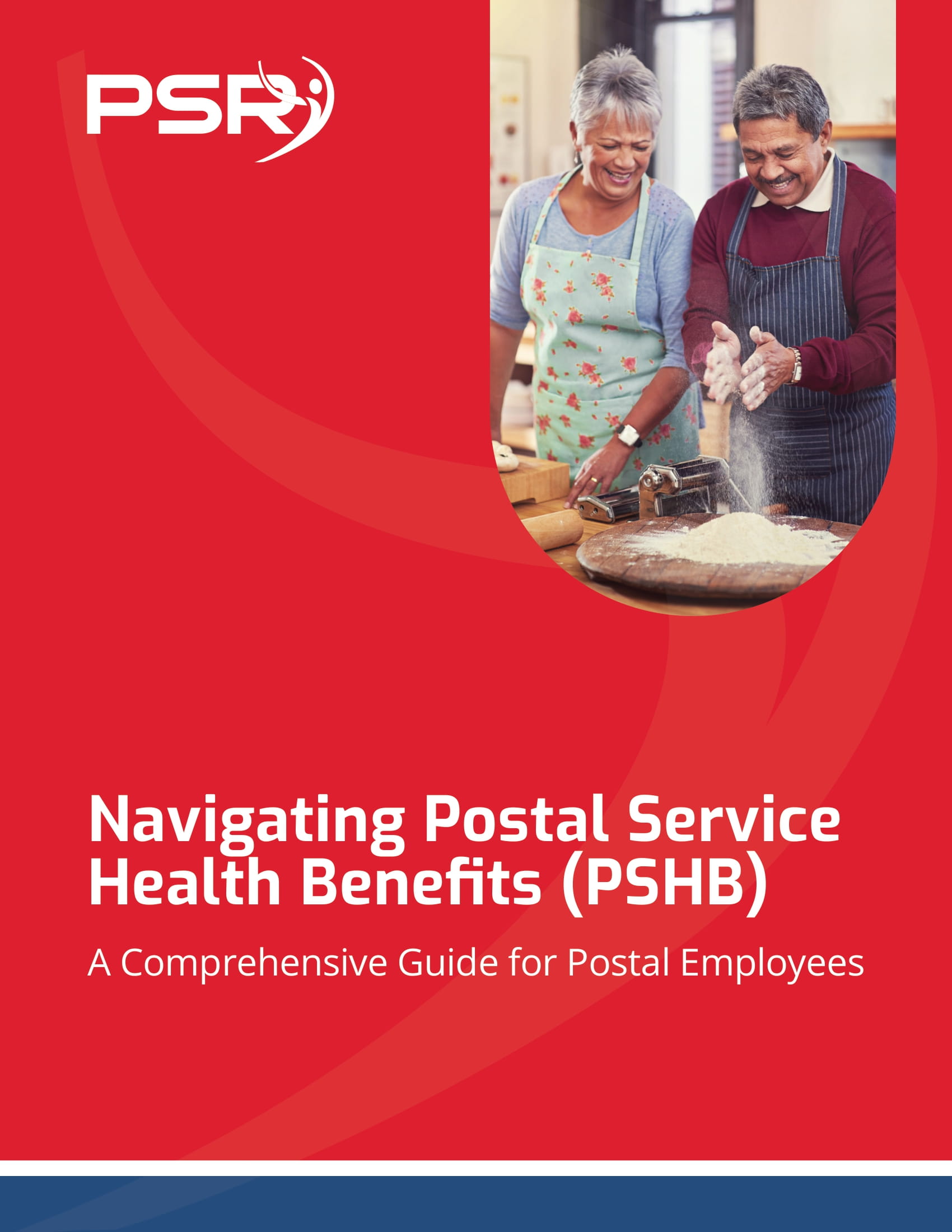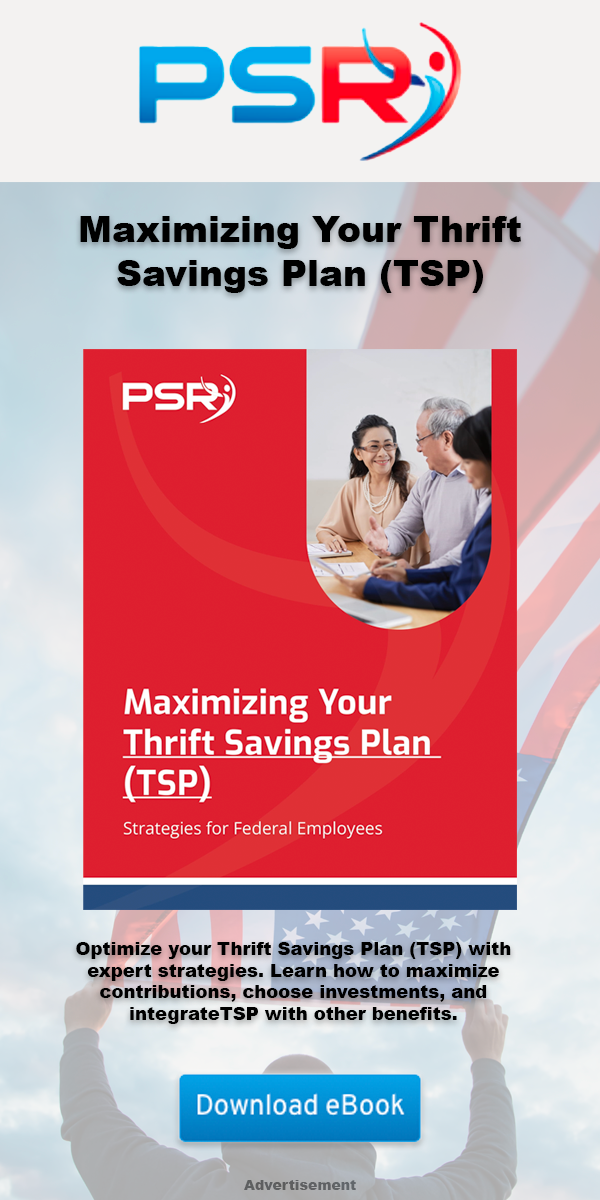Key Takeaways
-
Federal retirement plans offer specialized benefits tailored for employees in unique roles, providing significant financial and healthcare advantages.
-
Understanding these specialized benefits can help you plan a more secure and comfortable retirement.
Unique Perks for Special Federal Employee Categories
Federal employees often enjoy robust retirement plans, but did you know some roles come with unique retirement perks? Whether you’re nearing retirement or already retired, understanding these specialized benefits can enhance your financial security. Below, we’ll explore five special retirement benefits designed for federal workers in select categories.
1. Enhanced Annuity for Law Enforcement Officers and Firefighters
- Also Read: The Latest Federal Employee News You Need to Know to Protect Your Retirement
- Also Read: Ready for Retirement? Here’s How Law Enforcement Officers Can Leave the Job with Benefits Intact
- Also Read: FAA, Law Enforcement, and Special Federal Employee Categories—Here’s What Makes Their Retirement Unique
If you served as a law enforcement officer (LEO) or firefighter, you likely qualify for an enhanced annuity under the Federal Employees Retirement System (FERS). These roles demand early retirement eligibility due to their physically demanding nature.
-
Retirement Timeline: You can retire at age 50 with 20 years of service or at any age with 25 years of service.
-
Higher Pension Calculation: Your annuity is calculated at a higher percentage: 1.7% of your high-3 average salary for the first 20 years and 1% for additional years. This formula provides a substantial boost compared to standard FERS calculations.
-
Special Retirement Supplement: Until you reach age 62 and qualify for Social Security, you’ll receive this supplement to fill the income gap.
This tailored benefit ensures you enjoy financial stability while retiring earlier than most federal employees.
2. Cost-of-Living Adjustments (COLAs) for Specific Groups
Cost-of-Living Adjustments (COLAs) are critical for maintaining purchasing power during retirement, especially with rising inflation. While most FERS retirees must wait until age 62 to receive COLAs, certain categories get them immediately upon retirement:
-
Who Qualifies? Law enforcement officers, firefighters, air traffic controllers, and retirees under the Civil Service Retirement System (CSRS) benefit from earlier COLAs.
-
Annual Adjustments: These increases are based on the Consumer Price Index (CPI) and ensure your annuity keeps pace with inflation.
Receiving COLAs right away can significantly improve your long-term financial outlook, helping you manage healthcare costs and other essentials.
3. Military Service Credit for Civilian Retirement
Many federal employees start their careers in the military. If that’s your background, you might be eligible to buy back your military service time to boost your civilian retirement benefits.
-
How It Works: By paying a deposit based on your military earnings (plus interest), you can count your military service toward your FERS or CSRS annuity.
-
Benefits of Buying Back Time: Each additional year of service can increase your annuity, often by hundreds of dollars per month.
-
Timeline: Make this payment before retirement to maximize your benefits.
This option not only honors your military service but also provides a pathway to a more secure civilian retirement.
4. Healthcare Integration for Medicare-Eligible Retirees
Healthcare is a major retirement expense, but federal employees have an advantage through the Federal Employees Health Benefits (FEHB) Program. When you become Medicare-eligible at age 65, integrating your FEHB with Medicare offers several perks:
-
Lower Out-of-Pocket Costs: Many FEHB plans coordinate with Medicare to reduce deductibles, copayments, and coinsurance.
-
Comprehensive Coverage: The combination often provides seamless coverage for hospital stays, doctor visits, and prescription drugs.
-
Plan Selection: Ensure your chosen FEHB plan works well with Medicare. Review your options during Open Season (November 11 to December 13).
This integration provides peace of mind, knowing that your healthcare costs are manageable as you age.
5. Early Retirement Options with MRA+10
The Minimum Retirement Age (MRA) +10 option allows federal employees to retire early if certain conditions are met. While it comes with some penalties, it’s a flexible choice for those looking to transition out of federal service sooner.
-
Eligibility: You can retire at your MRA (between 55 and 57, depending on your birth year) with at least 10 years of service.
-
Reduced Benefits: Your annuity is reduced by 5% for each year you’re under age 62 unless you defer your benefits.
-
When to Consider It: This option is ideal if you need to leave the workforce early but want to maintain eligibility for a federal annuity.
The MRA+10 option offers a safety net for employees facing unexpected life changes or planning an early exit from their careers.
Tips for Maximizing These Benefits
To fully take advantage of these specialized benefits, you’ll need a clear strategy. Here are some tips to ensure you’re on the right path:
-
Review Your Service Record: Verify that all your years of service, including military time, are accurately documented.
-
Plan for Healthcare Costs: Consider how FEHB and Medicare will work together to minimize expenses.
-
Understand Your Retirement Timeline: Know when you’re eligible for benefits like COLAs or early retirement options.
-
Attend Pre-Retirement Seminars: These sessions can provide valuable insights tailored to federal employees.
-
Consult a Retirement Specialist: A financial advisor experienced with federal benefits can help you make informed decisions.
How Federal Employees Can Prepare for Retirement
Proper planning ensures you’ll fully enjoy the benefits you’ve earned. Here are some key steps to consider as you approach retirement:
-
Calculate Your High-3 Average Salary: This figure forms the foundation of your annuity calculation. Double-check your earnings records to ensure accuracy.
-
Estimate Your Annuity: Use online tools or consult your HR department to get a clear picture of your retirement income.
-
Evaluate Your TSP Contributions: The Thrift Savings Plan (TSP) is a vital component of your retirement. Ensure your contributions align with your goals.
-
Stay Informed During Open Season: Review FEHB and FEDVIP options to select the best healthcare and dental/vision plans for your needs.
-
Plan for Life After Retirement: Think about how you’ll spend your time, whether through hobbies, travel, or part-time work.
Why These Benefits Matter
Specialized retirement benefits for federal employees are designed to reward your service and provide financial stability. Whether you’re retiring early as a law enforcement officer, benefiting from immediate COLAs, or integrating Medicare with FEHB, these perks ensure you’re well-prepared for life after federal service.
By understanding and utilizing these benefits, you can transition into retirement with confidence, knowing your financial and healthcare needs are covered.
Ready to Secure Your Retirement Benefits?
As a federal employee or retiree, you’ve earned access to some of the most comprehensive retirement benefits available. Take the time to understand these perks and how they apply to your unique situation. Whether it’s buying back military service, coordinating healthcare, or planning for early retirement, these steps can set you up for a comfortable future.













